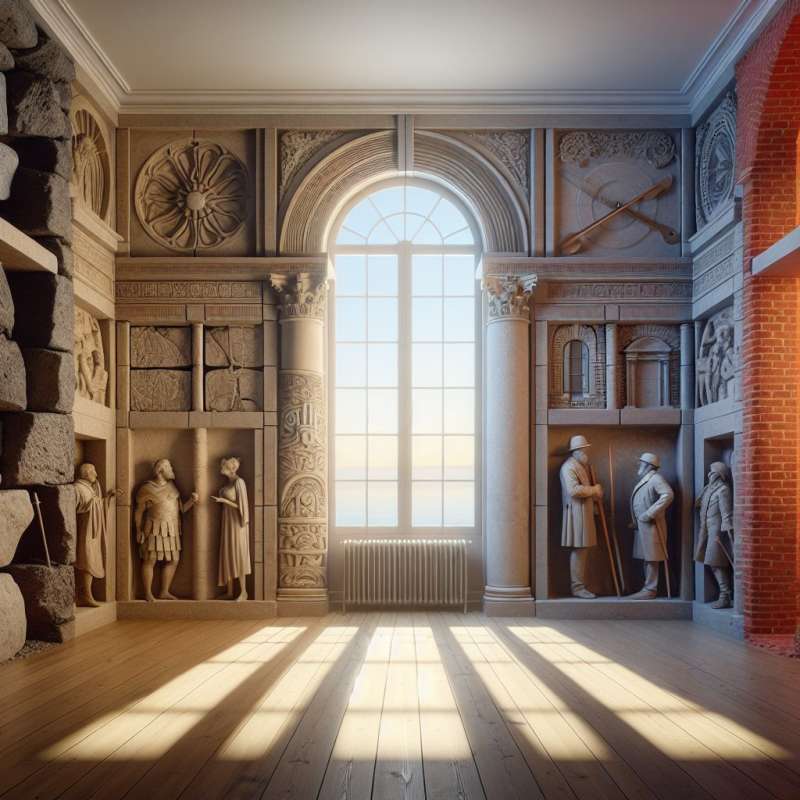
Wall Construction History
Wall construction dates back to ancient civilizations. The earliest walls were simplistic, built from available materials like stones and clay, shaping human habitats and providing security against invaders.
Evolution of Materials
Over time, wall materials evolved. The Romans used concrete, revolutionizing construction. In the 19th century, the industrial era introduced steel-framed walls, paving the way for today’s skyscrapers.
Insulation Innovations
Insulation is a modern marvel in wall construction, introduced in the 20th century. Materials like fiberglass, foam, and cellulose improve energy efficiency, making buildings more sustainable.
Green Wall Systems
Green walls, or living walls, incorporate vegetation into wall structures. Beneficial for urban environments, they improve air quality, reduce noise pollution, and enhance thermal regulation.
Load-Bearing vs. Partition
Not all walls support weight; load-bearing walls are integral to a structure's stability, while partition walls serve only to divide spaces and can be easily reconfigured.
Innovative Earthquake-resistant Techniques
Advanced earthquake-resistant methods include base isolation systems and flexible materials. These innovations allow walls to absorb seismic energy, minimizing structural damage during quakes.
Future Wall Technologies
The future of wall construction lies in smart materials, like self-healing concrete and transparent aluminum, which may transform the safety, efficiency, and aesthetics of built environments.
What did ancient walls provide?
Decoration for homes
Habitats and security
Insulation and comfort
Company